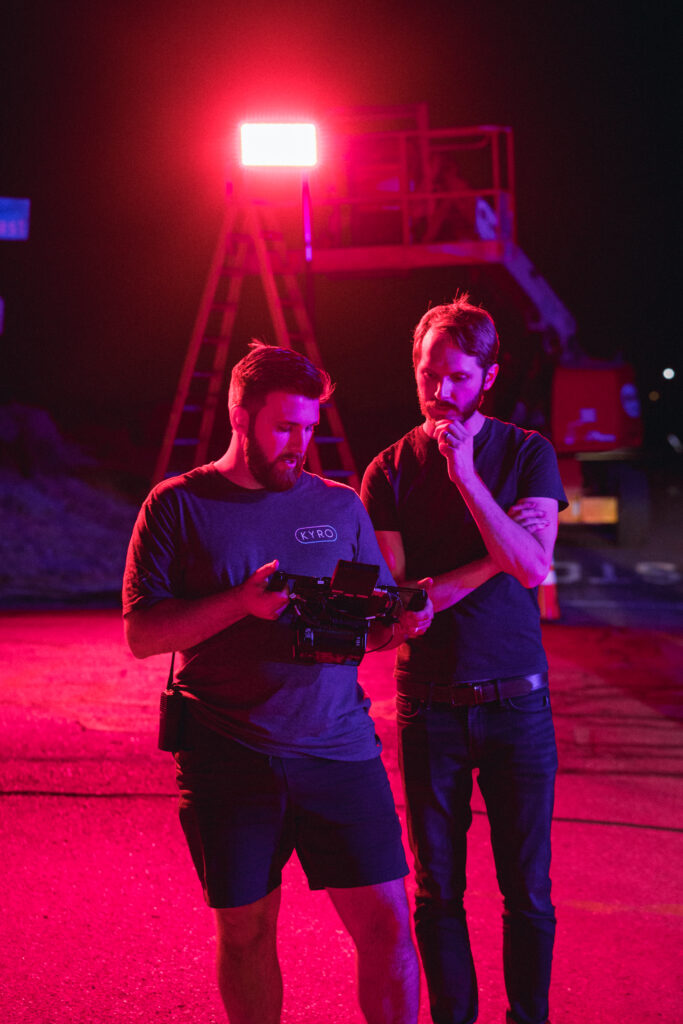Everyone wants to work for a company that they respect and enjoy. Consumers want to buy from companies with “fun” or “unique” cultures. But what does this really mean? How do we use or understand this?
Company Culture

Simply defined as a business’ “personality,” company culture is essentially the environment in which employees work. This could be super collaborative, tightly structured, or very relaxed. Culture develops over time, but it is possible to set the business in the direction that you want to move from the beginning. How?
Determine Vision

Look for examples of companies that exhibit culture that you want or admire. Do they produce loyal employees? How is their product received? What is their reputation? By doing this, you’ll begin to get an idea of the type of atmosphere that interests you.
Next, start to determine what practices can get you closer to the type of culture that you like. Want a collaborative environment? Start thinking in team-oriented ways. High productivity? Research what sort of setting makes people most productive. This might mean innovating or going out-of-the-ordinary. You may have to reevaluate your work hours, objectives, or measure of success.
Your goal here should be to pull together a cohesive idea of the kind of environment you’re looking for. Define core values. Read articles on this topic. Your vision doesn’t have to be entirely set in stone yet, but having a clear, consistent goal to refer back to will always keep you moving in the right direction.
Empower Employees

Your workers are really the ones who make up your company. Although you might have an excellent idea for a business environment, it’ll never mean anything if you’re the only worker. Thus, it’s important that you find ways to attract and create the type of employee that you want.
You should establish values, beliefs, or standards that best represent the vision you’ve defined. Determine the kind of person that can share and contribute to those things. Then, start building ways to inspire and lead employees.
Don’t micromanage, but set general guidelines for work. Create ways to allow employees to contribute meaningfully. Give them agency in how or where they do their job. Do some research on best practices in this area.
Space Design

The physical environment in which employees work will majorly affect them. Depending on your vision, you need to find a way to create the best physical space for your type of work. Think about the difference between a college classroom and a 1st-grade classroom.
If you want a highly creative, collaborative environment, it’s probably a bad idea to lay out a bunch of independent, isolated rooms for workers to reside in. If you want a relaxed environment, it’s likely not that helpful to require everyone to wear suits every day. Figure out what works best for you.
Organizational Design

The structure of your organization will really change how your company feels. There’s a major difference in culture between a highly-structured company and a “create-your-own-role” company.
According to your vision, establish teams, roles, responsibilities, policies, etc. that best fit your overall goals. Do you need to have precise evaluations and measurements? Will employees wear multiple hats or do a specific, pre-defined task? If you design this well, you will create a stronger culture that employees can recognize.
Work-Life Balance

This is always important in a business, yet many managers differ in opinion and execution. To create the type of employee or environment that you want, you need to determine how to best manage your employees’ experience. Will you provide unlimited PTO? Will they only work a 20-hour work week? Will you establish something like “company-wide tea time?”
There needs to be a time for workers to take a break. You want employees to work smartly without burning themselves out. Ultimately, life (family, etc.) is more important than work, so provide breathing room for unexpected situations and needed rest.
Unique cultures find creative ways to do this apart from the classic work week, where employees get most of their rest at the end of the work day. Take some time to ponder what you might do to strike a great work-life balance. This will also attract employees to your culture.
Once you’ve outlined and established these things, your work environment will have its own culture. There are always ways to strengthen it from here, but without defining it first, you won’t get anywhere. Have fun building an awesome environment!


